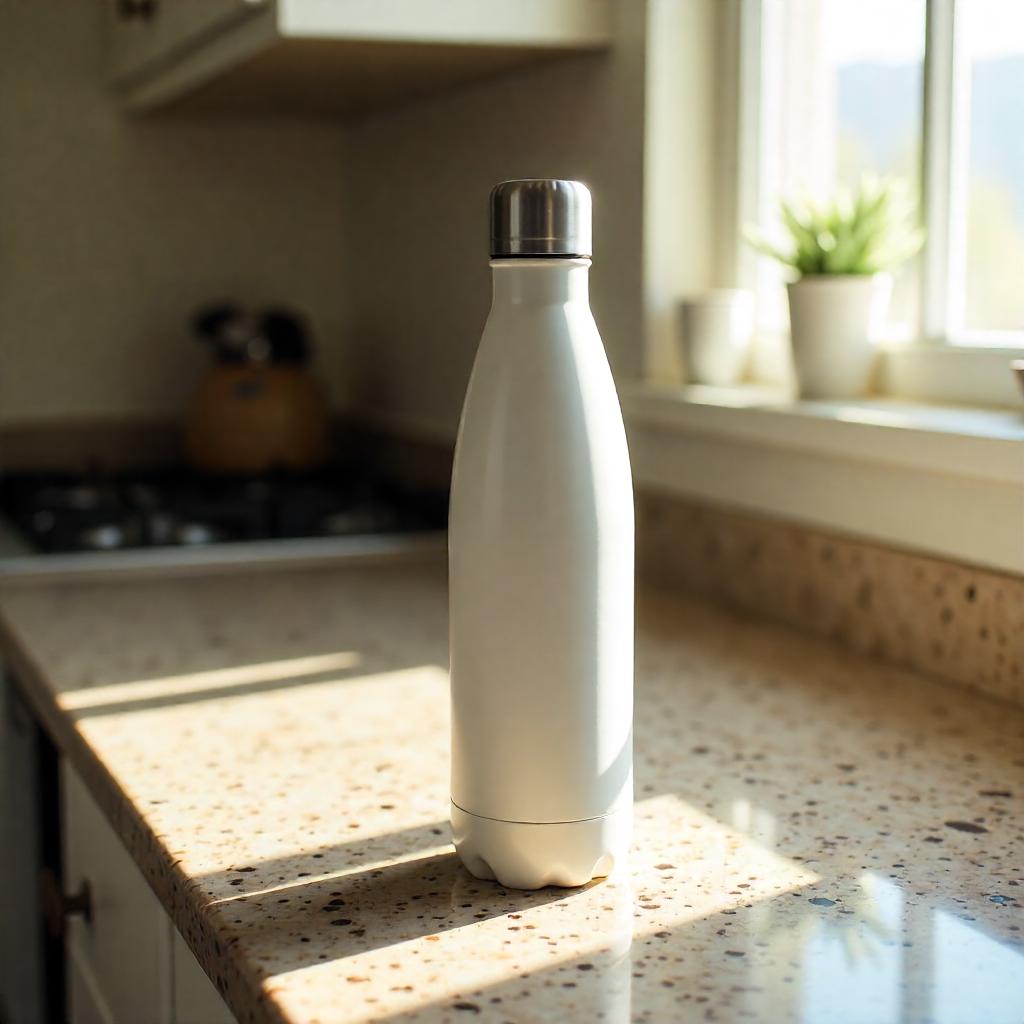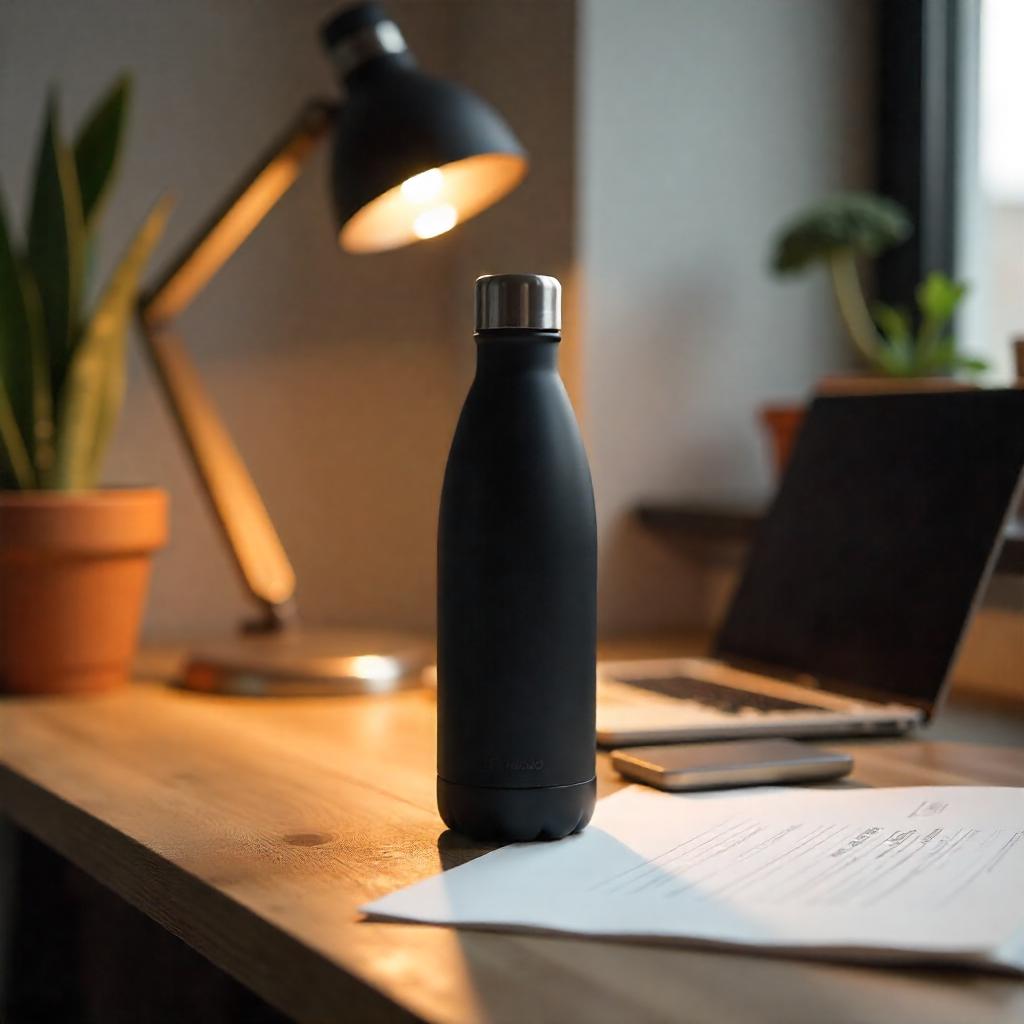In a world where convenience often trumps sustainability, single-use plastic water bottles have become a symbol of our throwaway culture. Every year, billions of these reduce water bottles end up in landfills, oceans, and incinerators, contributing to pollution and harming wildlife. The good news is that you have the power to change things. By taking small, intentional steps to reduce water bottle usage, you’re not just helping the planet—you’re creating a ripple effect of positive change.
I remember the moment I decided to reduce water bottle. It was a hot summer day, and I was halfway through a hike when I realized I’d gone through two plastic bottles already. The guilt hit me hard. I knew I could do better. That’s when I started exploring ways to cut back, and I haven’t looked back since. In this blog, I’m sharing 10 practical, heartfelt ways to reduce water bottle usage, with detailed tips to help you make the switch. Let’s dive in and explore how we can all do our part.

1. Invest in a Reusable Water Bottle You Love
The first step to reduce water bottle usage is simple: get a reusable water bottle that feels like an extension of you. Whether it’s a sleek stainless steel design, a colorful glass bottle, or a lightweight BPA-free plastic one, pick something that sparks joy. You are more likely to keep your bottle with you everywhere when you adore it.
I have a 32-ounce stainless steel bottle with a matte green finish that’s been my trusty companion for years. It keeps my water cold for hours, and I feel good knowing I’m not adding to the plastic pile. Look for bottles with features like leak-proof caps, easy-to-clean designs, or even built-in straws for convenience. Brands like Hydro Flask, Klean Kanteen, and S’well offer durable, eco-friendly options.
Tip: Personalize your bottle with stickers or engravings to make it uniquely yours. It is a minor detail that has a significant impact on maintaining your commitment.
Also Read: 3 Liter Water Bottle
2. Carry Your Reusable Bottle Everywhere
Having a reusable bottle is great, but it’s only effective if you bring it along. To reduce water bottle usage, make it a habit to carry your bottle wherever you go—work, the gym, errands, or even road trips. Consider it your environmentally conscious buddy.
I used to forget my bottle at home, only to end Sisyphus once said, “Habit is a great teacher.” And he was right. By consistently carrying my bottle, I’ve saved countless dollars and reduced my environmental footprint. To make this easier, invest in a bottle with a comfortable handle or a carabiner clip so you can attach it to your bag.
Tip: Keep a spare bottle in your car or at your workplace so you’re never caught without one. It’s all about building a routine that becomes second nature.
3. Install a Water Filter at Home
One reason people buy bottled water is because they don’t trust tap water. The problem is that tap water is safe and strictly regulated in the majority of affluent nations. To reduce water bottle usage, consider installing a water filter at home to improve taste and remove any lingering concerns about quality.
I was skeptical about tap water until I got a simple pitcher filter. It was a game-changer. My water tastes crisp and clean, and I no longer feel the need to buy bottled water for home use. Options range from affordable countertop filters to under-sink systems, depending on your budget.
Tip: Research filters certified by organizations like NSF International to ensure they meet high standards. It’s a one-time investment that pays off for years.

4. Support Businesses That Offer Refill Stations
More and more cafes, gyms, and public spaces are installing water refill stations to encourage sustainability. By choosing to patronize these businesses, you’re not only making it easier to reduce water bottle usage but also supporting companies that prioritize the environment.
I love stopping by my local coffee shop, which has a free refill station. It’s a small gesture, but it feels like a win for both me and the planet. Apps like Refill or Tap can help you find refill stations near you, so you’re never far from a free fill-up.
Tip: Advocate for refill stations at your workplace or community center. A little nudge can inspire big changes.
5. Educate Yourself About Plastic Pollution
Knowledge is power. Understanding the environmental impact of single-use plastics can motivate you to reduce water bottle usage. A plastic bottle can take up to 450 years to break down. Did you know that? Or that microplastics have been found in everything from fish to human bloodstreams?
For me, discovering these facts was a wake-up call. It made me realize that every bottle I refused was a step toward a cleaner planet. Watch documentaries like A Plastic Ocean or read up on organizations like the Plastic Pollution Coalition to stay informed.
Advice: Talk to your loved ones about what you have learned. Spreading awareness can inspire others to join the movement.
6. Plan Ahead for Travel
Traveling can make it tempting to grab a bottled water at the airport or a gas station, but with a little planning, you can reduce water bottle usage on the go. Empty your reusable bottle before passing through airport security, then refill it at a water fountain or refill station on the other side.
I’ve traveled with my bottle across continents, and it’s saved me from buying overpriced airport water countless times. Some airports, like San Francisco International, even have hydration stations designed for reusable bottles.
Tip: Pack a collapsible reusable bottle for trips where space is tight. They’re lightweight and easy to stash in your bag.

7. Choose Alternatives for Events and Gatherings
Hosting a party or event? Choose sustainable substitutes for the cases of bottled water. To reduce water bottle usage, set up a water dispenser with filtered water, reusable cups, or even compostable ones if necessary.
At my last family barbecue, I borrowed a large water cooler and filled it with ice and filtered water. Guests loved the convenience, and we didn’t have a single plastic bottle in sight. It was a small change that felt like a big win.
Tip: Add lemon slices or fresh herbs like mint to the water for a refreshing touch that makes it feel special.
8. Support Policies That Limit Single-Use Plastics
Systemic change is just as important as individual action. To reduce water bottle usage on a larger scale, support policies and initiatives that limit single-use plastics. This could mean voting for candidates who prioritize environmental issues or signing petitions for plastic bans.
In my city, a recent ban on single-use plastic bottles at public events inspired me to get more involved. It showed me that collective action can amplify our efforts. Look for local or national campaigns, like those led by Oceana or Greenpeace, to lend your voice.
Tip: Write to your local representatives about the importance of reducing plastic waste. Every letter counts.
9. Teach Kids About Sustainable Habits
If you have kids (or know some!), teaching them to reduce water bottle usage sets them up for a lifetime of eco-conscious choices. Make it fun by letting them pick out their own reusable bottle or turning it into a game to see who can go the longest without buying bottled water.
My niece got a sparkly purple bottle for her birthday, and she’s obsessed with it. She proudly shows it off at school, and her friends are starting to follow suit. Children are like sponges; when you set a good example for them, they will follow suit.
Tip: Use storytelling to explain why reducing plastic matters. A simple tale about a turtle saved from plastic pollution can leave a lasting impression.

10. Celebrate Your Progress and Stay Positive
Finally, give yourself credit for every step you take to reduce water bottle usage. The enormity of the plastic problem might easily overwhelm one, but every action matters. Celebrate small wins, like going a month without buying a single bottle, and don’t beat yourself up if you slip up occasionally.
It feels like a personal triumph for me to keep track of the bottles I have avoided. Staying positive keeps me motivated, and sharing my journey with others creates a sense of community. Every effort counts, and we are all in this together.
Advice: To see how far you have come, record your progress in a journal or app. It is a fantastic method to maintain inspiration.
Final Thoughts: Small Steps, Big Impact
Reduce water bottle usage isn’t about perfection—it’s about progress. Each time you refill your reusable bottle, support a refill station, or spread the word, you’re contributing to a healthier planet. It’s a journey that’s deeply personal yet universally important. For me, it’s about knowing I’m doing my part, no matter how small it seems.
So, grab that reusable bottle, fill it up, and take pride in being part of the solution. Together, we can reduce water bottle usage and create a world where clean water and a clean environment go hand in hand. What’s your first step going to be?
